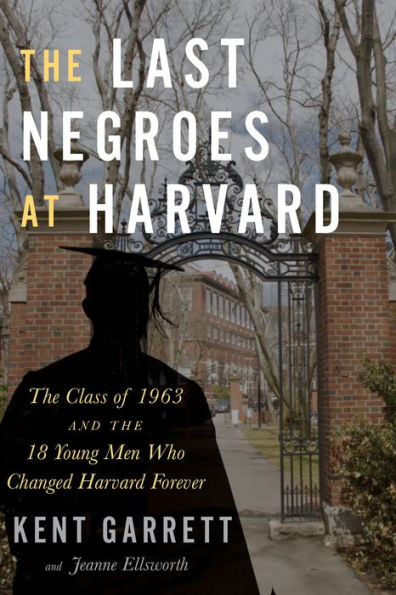Read an Excerpt
Arrival Day, September 18, 1959. The new boys trudge along with their suitcases; attentive fathers carry trunks, mothers in flats and autumn coats tote desk lamps and portable typewriters, and kids trot along carting bags and boxes or just kicking through the first of the fall leaves. Harvard Yard is a verdant quadrangle of well-tended but simple elegance, boxed in by fine old American buildings, sequestered behind sturdy ivied brick walls and wrought-iron fences of fine design. Even on a busy day like this, the Yard is serene, as if over three hundred years of arrivals have inured it to any disturbance. Proud parents walk confidently into the epicenter of the American aristocracy, in the footsteps of some of the most illustrious feet in American history. Half of this year’s boys have gone to private schools, and they watch out for familiar faces, letter sweaters, or school ties. For the many fathers who are Harvard alums, this is a ritual and a homecoming: they greet old classmates with backslaps and inside jokes. Other fathers tip their hats, secure in the knowledge that as of this day, through their sons, they have joined one of the most elite clubs in the world. Mothers exchange the polite smiles of privileged sisterhood.
Just after one o’clock that afternoon, another family comes across the Yard. Heads turn, eyes widen, a mother whispers behind her hand, a father shushes a child. Now treading on the Puritan soil and patrician pathways of Harvard Yard are eight dark-skinned, Sunday-best Negroes, one of them a tall thin boy carrying a suitcase. That boy is me, and this is the Garrett party; this is my family, my very Negro family, stepping onto the very white, very Old New England, very exclusive grass and gravel of Harvard Yard. We know we are being looked at. We stick closer together, say less, and walk more stiffly than the other families, maintaining what we hope looks at least like composure, if not aplomb. Aside from my fourteen-year-old sister and me—who were born in Brooklyn—the others in our party, my parents and aunts and uncle, were all born and grew up on sharecropper farms in Edgefield, South Carolina. They lived more than half of their lives in the rural Jim Crow Deep South. They were just two decades distant from driving mules and picking cotton, from the indignities of segregated schools, parks, buses, and water fountains, from violence and hatred, degradation and fear. They had clear memories of having stuffed Cousin Emery into the trunk of a car to escape the Ku Klux Klan. Considering their beginnings, their struggles, and the history of Harvard and of the United States, my family’s arrival in Harvard Yard that cool early fall day in 1959 was one of incalculable dimension.
The wide lawns of Harvard Yard say to the privileged few who have been chosen, You belong here, you are important, you are granted a generous share of space and time in this world, while my family and just about everyone I had spent time with in my seventeen years on earth had been told, You don’t belong here, you’re not very important, and what little you are granted we will begrudge you. The trees of Harvard Yard rise confidently into a leafy canopy that keeps both the sun and the outside world from beating down too harshly on its chosen, while my family and our forebears slaved under the sun and the whip for more than three hundred years as generations of trees grew and died in the Yard and new ones were planted. Thousands of white Harvard boys and men had sat under the trees smoking, chatting in clusters with their hands in their pockets, considering the questions of the ages and dreaming the big dreams, or they had horsed around, singing drunkenly, considering the questions of the moment and dreaming the little dreams, while my family and our brothers and sisters in blackness had walked mean streets and dark country roads, trying to dream any kind of dream at all.
But I wasn’t thinking about those incongruities on that day in September 1959. I was seventeen, awkwardly and tentatively confident. I hadn’t thought much about Harvard at all, in fact, except that it was a good school and famous. The only connection I had to the place was a distant cousin of my mother, Ida Thomas, who worked in one of the kitchens. Had I wondered how many Blacks would be here? I don’t think so. For that matter, had any of the white boys who were arriving that day thought about having Black classmates, or even roommates? Not likely. But here we were all together, and some of those white boys and their families no doubt were shocked to see me.



